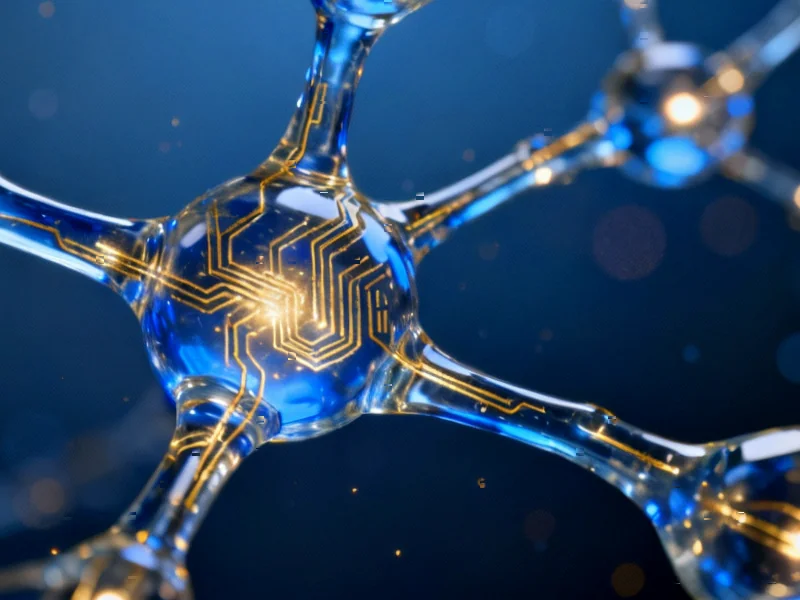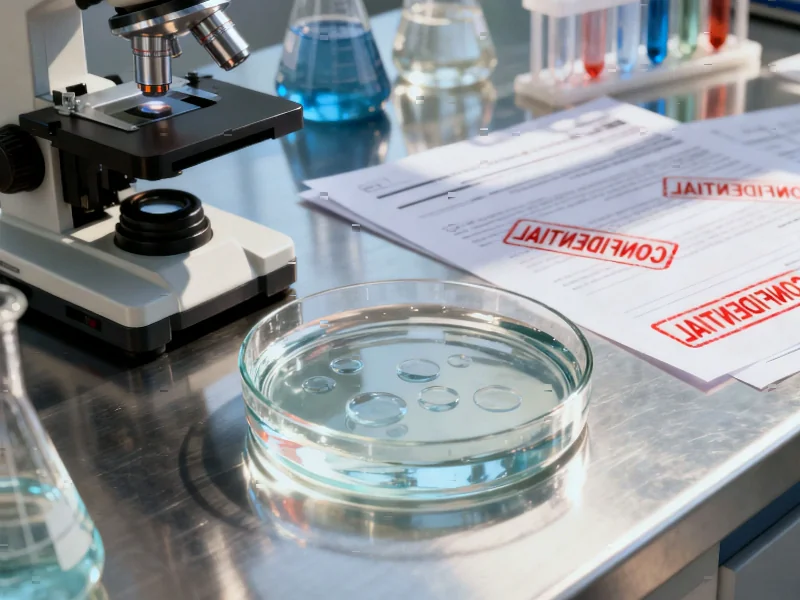Breakthrough in AI-Driven Pharmaceutical Research
An artificial intelligence system trained on extensive cellular data could significantly accelerate the development of new medications, according to research published in Science. The approach builds on growing trends in pharmaceutical research where AI technologies are being deployed to streamline the traditionally labor-intensive process of drug discovery.
Table of Contents
Revolutionizing Traditional Screening Methods
For decades, drug discovery has involved painstakingly testing thousands of chemical compounds against laboratory-grown cells, a process that sources indicate has successfully identified various treatments including cancer therapies. However, analysts suggest this method becomes increasingly impractical when dealing with the complex genomic data now available from individual cells.
According to reports, researchers typically screen tens of thousands of compounds during drug discovery efforts. Alex Shalek, a biomedical engineer at the Massachusetts Institute of Technology, reportedly noted that integrating large-scale screening with complex assays would be prohibitively expensive and labor-intensive using conventional approaches.
The DrugReflector AI Model
To address these challenges, researchers collaborated with biotechnology company Cellarity to develop a deep-learning model called DrugReflector. The team trained the system on publicly available data covering how approximately 9,600 chemical compounds affect gene activity across more than 50 cell types.
The report states that researchers applied DrugReflector to identify chemicals influencing platelet and red blood cell generation—characteristics potentially valuable for treating blood disorders. After testing 107 selected chemicals, analysts suggest the AI system demonstrated remarkable effectiveness compared to traditional methods.
Substantial Efficiency Improvements
According to the findings, DrugReflector proved up to 17 times more effective at identifying relevant compounds than standard brute-force screening methods that randomly select compounds from chemical libraries. Furthermore, when researchers incorporated data from initial screening rounds back into the model, sources indicate its success rate doubled.
Bissan Al-Lazikani, a cancer data scientist at the University of Texas MD Anderson Cancer Center, reportedly stated that this approach could dramatically reduce the labor required for drug screening. “You could screen a few hundred compounds instead of a million,” she indicated according to the research.
Expert Perspectives and Future Potential
Hongkui Deng, a cell biologist at Peking University who was not involved in the research, described the method as “a powerful blueprint for the future” that creates a “smart” screening system learning from its own experiments. Deng reportedly suggested such approaches could help researchers search for compounds that reprogram cells for new functions, potentially advancing treatments for conditions like diabetes.
However, analysts note that DrugReflector currently remains limited to evaluating the 9,600 compounds in its training dataset and cannot discover entirely new molecules. According to reports, the ultimate goal involves developing systems that can predict biological effects directly from chemical structures, though current technologies still require significant improvement in accuracy and generalization capability.
Industry Implications
The development represents the latest advancement in artificial intelligence applications within pharmaceutical research. As the field of drug discovery increasingly incorporates AI technologies, methods like DrugReflector could potentially transform how researchers identify promising chemical compounds for treating various conditions, including those affecting cancer cells and other diseases.
Related Articles You May Find Interesting
- Chainguard Secures $280M Growth Financing to Expand Open Source Security Platfor
- KDE Plasma 6.5 Delivers Major Power Efficiency Gains Through Enhanced Graphics S
- Breakthrough in Photoelectrochemical Performance Achieved with Novel Thin Film S
- Microsoft Revives Clippy Spirit with New AI Assistant Mico in Copilot Fall Updat
- Quantum Breakthrough: Surface Effects Enable Stable Atom Entanglement
References
- http://en.wikipedia.org/wiki/Drug_discovery
- http://en.wikipedia.org/wiki/Artificial_intelligence
- http://en.wikipedia.org/wiki/Chemical_compound
- http://en.wikipedia.org/wiki/Cancer_cell
- http://en.wikipedia.org/wiki/Peking_University
This article aggregates information from publicly available sources. All trademarks and copyrights belong to their respective owners.
Note: Featured image is for illustrative purposes only and does not represent any specific product, service, or entity mentioned in this article.



